Irish retailers make up 10% of failed businesses here


Just over one in 10 of companies that collapsed so far this year were retailers, according to new figures from company information group Vision-net.
Vision-net’s figures show that 12pc of all insolvencies so far this year were in the retail sector, compared with 14pc for the same period last year.
“Retailers are reporting that average transaction values are down and our analysis shows that a higher than average proportion of companies in this sector fall into the high-risk category. However, the run-up to Christmas is always the busiest period for retailers so hopefully the high street will show signs of increased consumer demand at this time of year,” said Vision-net boss Christine Cullen.
After the construction, professional services and real estate sectors, retail businesses were most likely to collapse, according to Vision-net’s analysis.
In an analysis of the period between November 1 and 27 this year, Vision-net’s figures show that 140 companies were declared insolvent, or five companies each day, which is down 20pc on the same month last year.
Of those, 103 were liquidated, 34 entered receivership, and an examiner was appointed to three companies.A county-by-county breakdown of the figures for this month shows that Dublin accounted for 43pc of insolvencies, followed by Donegal and Wexford with 10.7pc and 9.3pc, respectively.
Irish Government’s plan targets multinationals says Richard Bruton
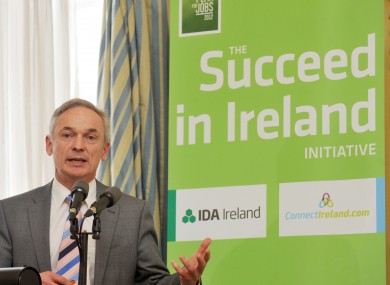
Minister for Jobs Richard Bruton said there was an EUR80 billion global market for Irish companies to tap.
Around 1,000 jobs could be created through a new Government plan targeting multinational companies based in Ireland to source
their business locally.
their business locally.
Minister for Jobs Richard Bruton said there was an €80 billion global market for Irish companies to tap, in an attempt to win contracts to supply materials and services.
“We have just less than 14 per cent of that,” Mr Bruton said.
“If we can win even another €500 million, a very small increase in that, that represents 1,000 jobs in Ireland. This is a really tangible opportunity.”
“If we can win even another €500 million, a very small increase in that, that represents 1,000 jobs in Ireland. This is a really tangible opportunity.”
His department, along with Enterprise Ireland and IDA, have identified 65 multinationals they think have potential for Irish business,
the minister said. This was a concrete initiative that could boost Irish sales, exports and ultimately create jobs, Mr Bruton said.
the minister said. This was a concrete initiative that could boost Irish sales, exports and ultimately create jobs, Mr Bruton said.
The goal was to achieve this by the end of next year.
As foreign direct investment in Ireland is expected to grow, there would be further potential for this over the coming years.
“There is an €80 billion market here on our doorstep of supplying multinationals with their needs for materials and services,” he said.
Meanwhile, Mr Bruton would not be drawn on areas his Cabinet colleagues Minister for Finance Michael Noonan and Minister for Public Expenditure Minister Brendan Howlin would target in next week’s budget.
But he said he was confident Ireland’s relatively low corporation tax rate of 12.5 per cent would remain untouched over the next few years.
It was important Ireland be seen as an attractive place for corporations to set up business to ensure its economic recovery, he said.
German chancellor Angela Merkel has tried to pressure Taoiseach Enda Kenny during meetings in Europe to raise the tax, calling for an even rate across euro zone member states.
But the Taoiseach has been steadfast, insisting Ireland’s rate should be maintained if it is to continue on the road to growth.
“This is an issue that the Taoiseach and Tanaiste have absolutely buttressed at every opportunity in Europe,” Mr Bruton said.
“It is a key part of our strategy and I think Europe understands now that if Ireland is to deal with the imbalances in our economy and pay back debts, what we have to do is successfully make the transformation to a strong, enterprise-led, innovation-driven, expert economy.”
School Girls more likely to be victims of on-line cyber-bullying
There’s no escape from online taunts, say teens
School Girls are more likely to suffer from the effects of cyberbullying than boys say’s new research. It shows that the bullies are most likely to be girls in the same year but in a different class to their victim.
The study comes after the deaths of three young girls were linked to online bullying.
It says that victims are more likely to be bullied by a single female or small group of females and the anonymity of the bullying online is extremely dangerous.
The research covered four categories of cyberbullying: text, picture or video clip, phone calls and emails. It found that the most common form was phone calls and text messages.
No escape: Teenagers who took part in the exercise by NUI Maynooth felt that all forms of cyberbullying other than bullying over email was worse than traditional bullying, with phone calls and the use of pictures or video being regarded as the most feared.
According to teenagers, cyberbullying was seen as worse than traditional bullying because there was no escape from it.
They also said that cyberbullying could be seen by more people and is unlikely to be noticed by an adult.
The topic has repeatedly made national headlines in recent months after the deaths of Ciara Pugsley (15), Erin Gallagher (13) and Lara Burns Gibbs (12).
Ciara, from Co Leitrim, took her own life in September and Donegal student Erin Gallagher (13) killed herself last month.
The death of Lara Burns Gibbs in Kilcock, Co Kildare, has also been linked to bullying, although sources close to her family say they do not know why she took her own life.
The study, among Irish second-level school pupils aged 12 to 18, found cyberbullying usually goes on for one to two weeks — but in some cases it can last for several years.
It found that 17pc of children had been victims of bullying and a quarter of victims did not confide in anyone.
One in ten of the students who took part in the study admitted to being bullies themselves.
The report also coincides with the young age of the suicide victims and says that victims of bullying were more likely to be younger (30pc) than older (10pc), according to the students who took part in the research.
The research was carried out with a group of pupils in two co-educational schools who were asked a range of questions about cyberbullying.
Some 21pc of the students who took part in the study said that they had been victims of traditional bullying during the six months before the research.
There was no significant relationship between cyberbullying and issues such as family circumstances or time spent by teenagers using the internet or mobile phones, the study showed.
The research found that cyberbullying in rural schools was generally lower than those found in studies elsewhere, which typically reported rates of 25-35pc for victims of bullying.
The study was limited to only certain types of bullying, meaning that incidence of cyberbullying could be much higher.
The study did not cover websites, chatrooms and instant messages, partly because of the time required to complete the research.
Lily Mae Song (Tiny Dancer) hits No 1 spot on pop charts


Brave Clare-galway toddler Lily-Mae Morrison pictured above with Mum Judith after turning on the Christmas lights in Eyers Square Galway
She is recovering at Crumlin Hospital today, following surgery to remove a tumour earlier this week.
A cover of an Elton John classic sung by an array of Irish artists in aid of a little Claregalway girl with a rare form of cancer has topped the official Irish single chart.
Tiny Dancer – A Song for Lily Mae was recorded by singers including Paddy Casey and Mary Black along with a 300-strong choir to raise money and awareness for 4-year-old Lily Mae Morrison who has Stage 4 Neuroblastoma, a rare and extremely aggressive childhood cancer of the nervous system.
Lily Mae says thanks!
The single hit No 1 on the iTunes chart last week and Elton John has tweeted and posed a message of support for Lily Mae and the song on his official website.
The organisers are now trying to keep the song at No 1 for Christmas.
For more information on how you can keep Tiny Dancer: A Song for Lily Mae at the top check out the facebook page here:
Watch the performance here:
You can read the full single and album chart rundown here:
Top 10 singles
1 (this week) TINY DANCER – A SONG FOR LILY-MAE VARIOUS (COLLECTIVE MGMT)
1 (last week) 2 BENEATH YOUR BEAUTIFUL LABRINTH FEAT. EMELI SANDÉ (SYCO MUSIC)
7 3 DIAMONDS RIHANNA (DEF JAM)
2 4 LITTLE THINGS ONE DIRECTION (SYCO MUSIC)
3 5 TROUBLEMAKER OLLY MURS FEAT. FLO RIDA (EPIC)
5 6 CANDY ROBBIE WILLIAMS (ISLAND)
9 7 HO HEY LUMINEERS (DECCA)
12 8 LOCKED OUT OF HEAVEN BRUNO MARS (ATLANTIC)
6 9 GANGNAM STYLE PSY (ISLAND)
11 10 GIVE ME LOVE ED SHEERAN (ASYLUM)
Elton John backs fundraising campaign for four-year-old Irish girl Lily-Mae with rare cancer
Family bids to raise over a million dollars for treatment for Lily-Mae
Pop superstar Elton John is backing a campaign to raise funds for a four-year-old Irish girl battling a rare form of cancer.
The singer’s Tiny Dancer tune has been re-recorded to help finance treatment for Galway girl Lily-Mae Morrison.
The tot’s family were amazed when the rock star tweeting his support for the new version of his worldwide smash hit.
Lily-Mae was diagnosed with stage four neuroblastoma last summer when she complained of a pain in her back.
The rare cancer affects one in every 100,000 kids in Ireland and treatment could cost the family over a million dollars.
Mum Judith and dad Leighton are self-employed dancers and choreographers but they can no longer work as they must bring Lily-Mae to hospital in Dublin every seven days for treatment.
With a survival rate of just 30 to 50 per cent, her treatment is vital with a 70 per cent chance that the cancer could return.
Now singers Declan O’Rourke, Paddy Casey and Mary Black have joined a choir of 250 voices on the new version of the Elton John’s classic Tiny Dancer and it’s already a YouTube hit.
Mum Judith told the Irish Sun: “I just could not believe the number and calibre of stars that came to record the song. It was pretty emotional.
“We brought Lily in at the end to meet everyone, she knew the song was about her, that she was the tiny dancer and she was so happy.”
The family were stunned when Elton told fans he’d added the video to YouTube and also created a link to his official website and Facebook page.
The statement on his website said: “A beautiful version of Elton and Bernie’s song Tiny Dancer has been recorded in Ireland as a way to raise money for the care of Lily-Mae Morrison, a four year-old Irish girl who has neuroblastoma, a rare and extremely aggressive childhood cancer of the nervous system.
“We encourage Elton’s fans to like the video, and we especially encourage you to visit iTunes and buy the song!”
Mum Judith said: “We just could not believe it.
“It’s like a dream come true to have Elton himself endorse it.”
Lily-Mae is to undergo surgery to have cancerous tumours removed at Crumlin Hospital on Monday and will remain in an isolation unit for two months.
The ‘Tiny Dancer’ single is now available on iTunes.
Five humpback whales stir up excitement in Baltimore harbour Cork
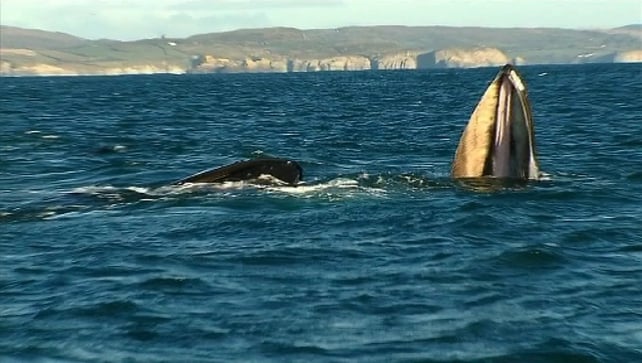
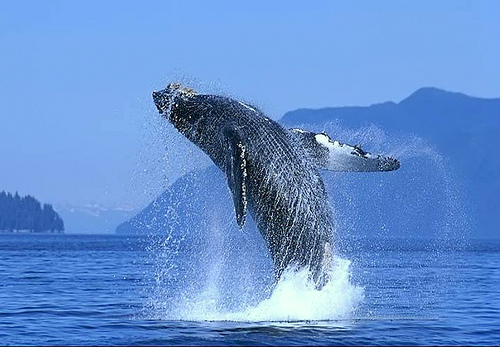
Five humpback whales are creating a stir as they feed on shoals of sprat and herring off Baltimore Harbour in West Cork.
Humpback whales are regular winter visitors to Irish waters, but the Irish Whale and Dolphin group says it is unusual to see this number in the one place.
A school of common dolphins is the first sign that the herring and sprat – this morning’s breakfast – are close by and, if they are, the humpbacks are probably here too.
Then, just after 9am, our first two humpbacks of the day – and they’re hungry!
The whales are bubble feeding – a sight rarely captured in Irish waters.
Padraig Whooley of the Irish Whale and Dolphin Group is watching on board the nearby Holly Joe.
Photographer Youen Jacob’s pictures have alerted the public to the presence of the humpbacks.
It may be November, but the visitors are already beginning to arrive here.
The tourist season has just kicked off in Baltimore.
















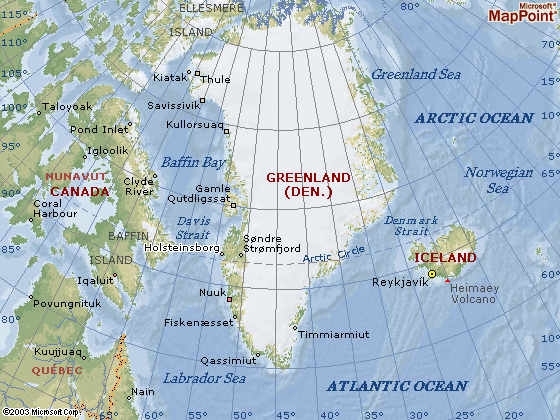



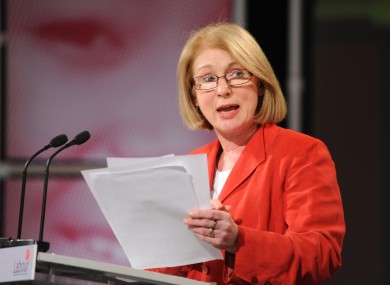




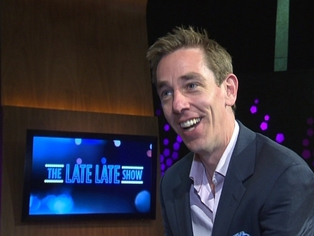



 Eirgrid and Valeo Foods.
Eirgrid and Valeo Foods.